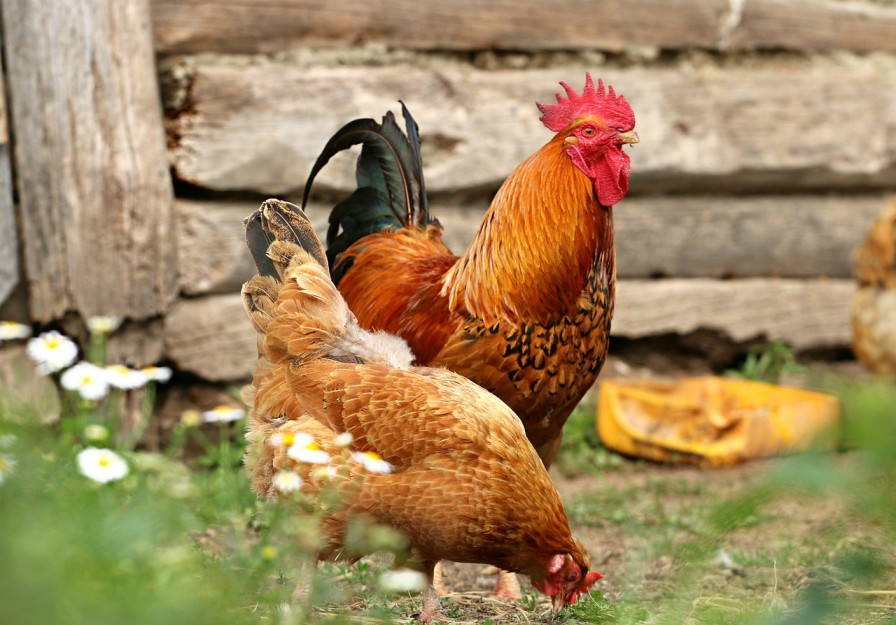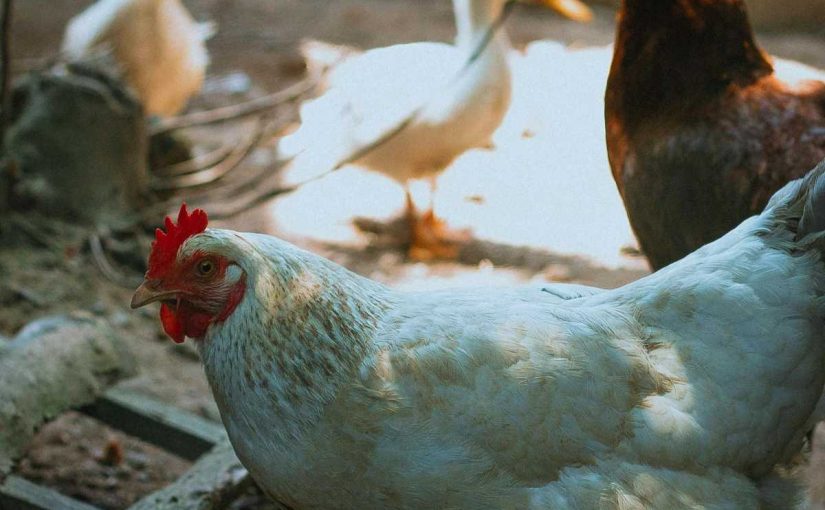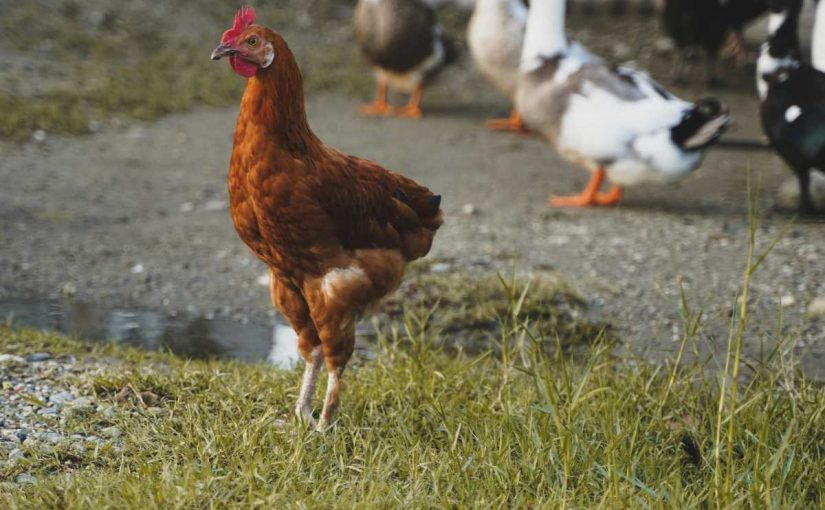If you’re interested in raising chickens primarily for egg production, choosing the right breed of hens is crucial. Some hens are renowned for their prolific egg-laying abilities, providing a steady supply of fresh eggs. In this ultimate guide, we’ll explore the top high-laying hen breeds, their characteristics, and tips for optimal egg production.
Understanding Egg Production
Before diving into specific breeds, it’s essential to understand what contributes to high egg production. Factors that influence egg-laying include:
- Breed: Some breeds are genetically predisposed to lay more eggs than others.
- Age: Hens typically start laying eggs between 5 to 6 months and reach peak production during their first year.
- Nutrition: A balanced diet rich in protein, vitamins, and minerals is vital for maintaining good health and egg production.
- Lighting: Hens require around 14 to 16 hours of light per day to stimulate laying. Supplemental lighting may be needed during shorter days.
- Environment: Comfortable housing and low-stress conditions are essential for encouraging egg-laying.
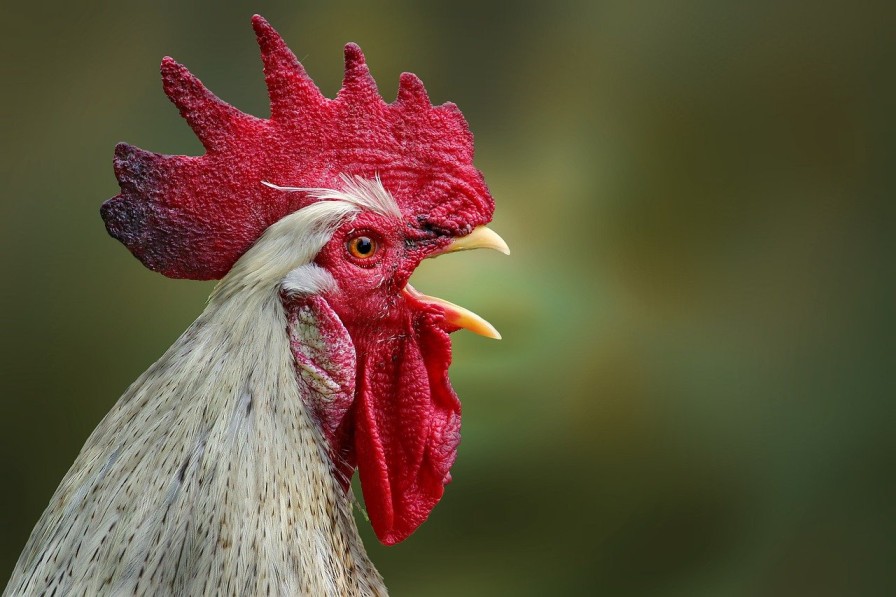
Top High-Laying Hen Breeds
Here’s a list of some of the best high-laying hen breeds known for their prolific egg production:
1. Leghorn
- Egg Production: Leghorns are among the best egg-layers, producing approximately 280-300 eggs per year.
- Egg Size: They primarily lay medium to large white eggs.
- Temperament: Active and hardy, Leghorns are excellent foragers and thrive in various environments.
- Notes: They are not as friendly as some other breeds, making them less suitable for backyard pet scenarios.
2. Rhode Island Red
- Egg Production: Known for their reliability, Rhode Island Reds produce about 250-300 eggs annually.
- Egg Size: They lay large brown eggs.
- Temperament: Friendly and adaptable, they do well in both free-range and confinement settings.
- Notes: Their hardiness makes them ideal for various climates.
3. Sussex
- Egg Production: Sussex hens lay around 250-300 eggs per year.
- Egg Size: They produce medium to large brown eggs.
- Temperament: Known for their calm demeanor, Sussex hens are friendly and great for families.
- Notes: They are also good foragers, making them suitable for free-range systems.
4. Plymouth Rock
- Egg Production: Plymouth Rocks lay approximately 200-250 eggs annually.
- Egg Size: They typically produce medium brown eggs.
- Temperament: Friendly and easy to handle, they are excellent for families and beginners.
- Notes: Their striking appearance and good temperament make them popular backyard chickens.
5. Austrian Blue
- Egg Production: Austrian Blues can lay around 220-250 eggs per year.
- Egg Size: They lay medium-sized brown eggs.
- Temperament: They are friendly and docile, making them good companions.
- Notes: These birds are also known for their unique blue feathers, adding beauty to any flock.
6. Orpington
- Egg Production: Orpingtons typically produce 180-200 eggs per year.
- Egg Size: They lay large brown eggs.
- Temperament: Known for their friendly and calm nature, they are great for families and children.
- Notes: They are excellent foragers and adapt well to various environments.
7. Marans
- Egg Production: Marans lay about 150-200 eggs annually.
- Egg Size: They are famous for their dark chocolate-brown eggs.
- Temperament: Generally friendly and docile, they make good pets.
- Notes: Their unique egg color can add diversity to your egg basket.
Tips for Optimal Egg Production
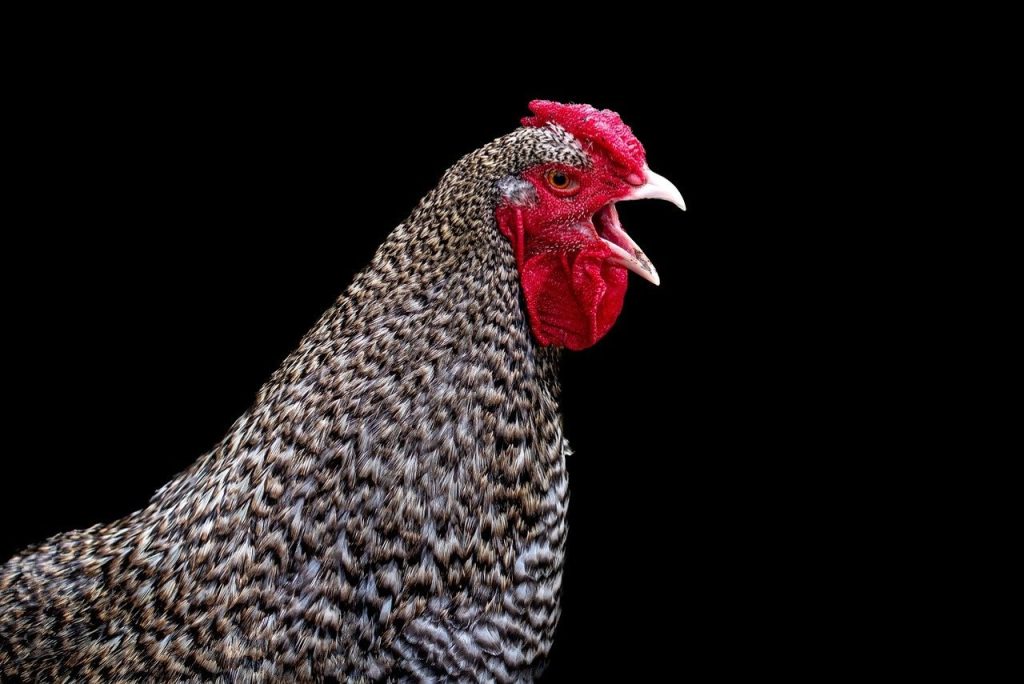
To maximize egg production from your hens, consider the following tips:
1. Provide a Balanced Diet
Ensure your hens receive a high-quality layer feed that meets their nutritional needs. A balanced diet rich in protein, calcium, and essential vitamins will support their overall health and egg production.
2. Ensure Adequate Lighting
If your hens are not getting enough natural light, consider adding supplemental lighting in the coop during shorter days. Aim for around 14-16 hours of light daily to stimulate consistent egg laying.
3. Maintain a Comfortable Environment
Keep the coop clean and well-ventilated to reduce stress and promote health. A comfortable environment will encourage your hens to lay eggs more consistently.
4. Monitor Health Regularly
Regular health checks and vaccinations can help prevent diseases that might affect egg production. Consult with a veterinarian to establish a health management plan for your flock.
5. Encourage Nesting Behavior
Provide sufficient nesting boxes (one box for every 3-4 hens) to encourage laying. Ensure boxes are comfortable, clean, and situated in a quiet area of the coop.
6. Limit Stress Factors
Minimize stress by handling your hens gently and providing a calm environment. Avoid sudden changes in their routine, which can disrupt their laying habits.
Conclusion
Choosing the right high-laying hen breeds is crucial for maximizing egg production and ensuring a steady supply of fresh eggs for your household. By considering factors such as breed characteristics, nutrition, lighting, and overall care, you can create an ideal environment for your hens to thrive. With the right approach, raising chickens can be a delightful and productive endeavor, providing you with delicious eggs and the joy of caring for these wonderful animals. Happy chicken keeping!

